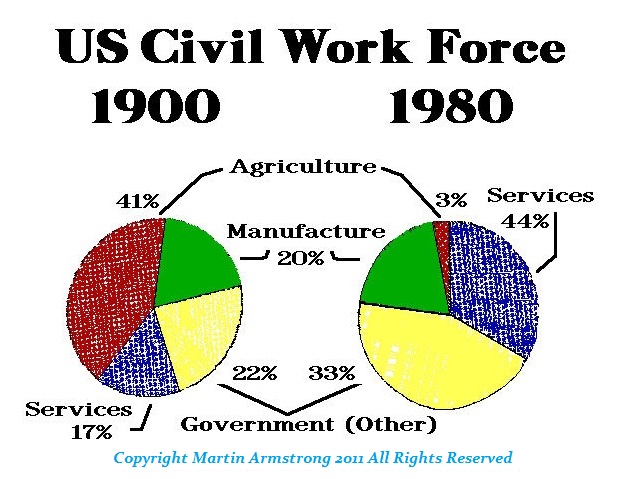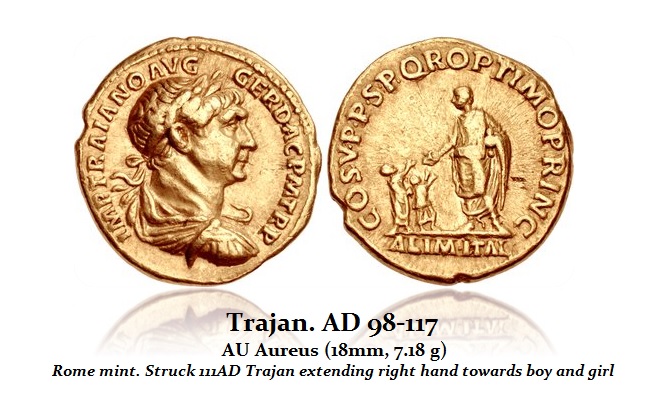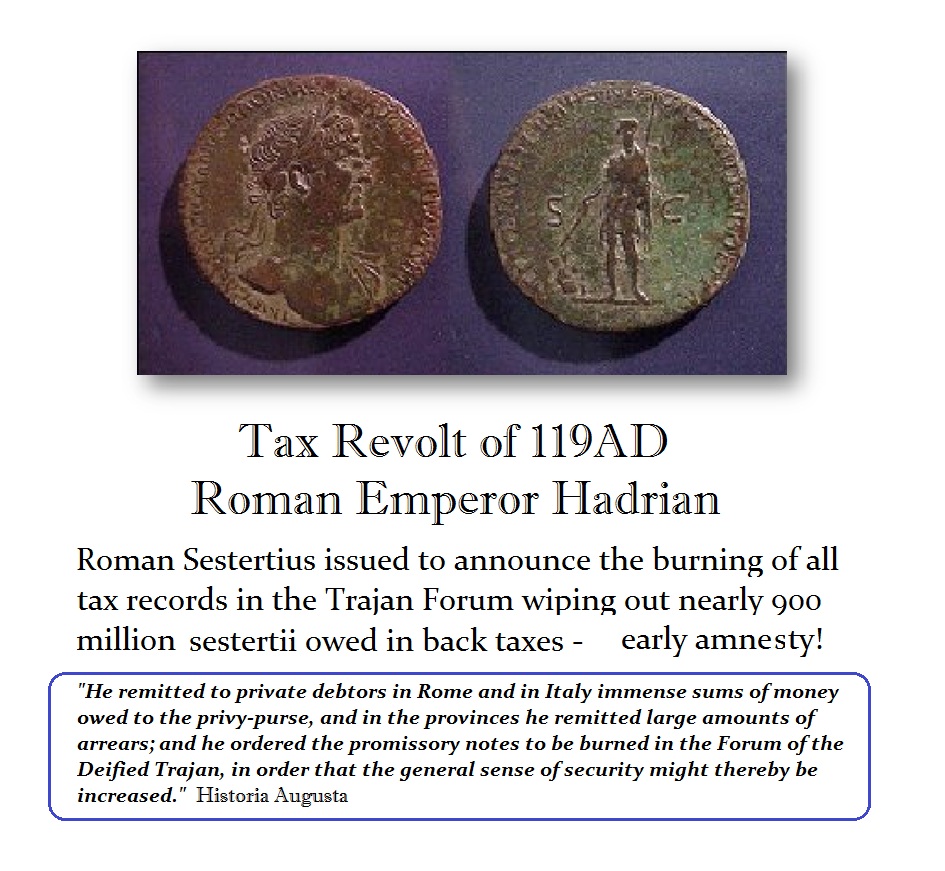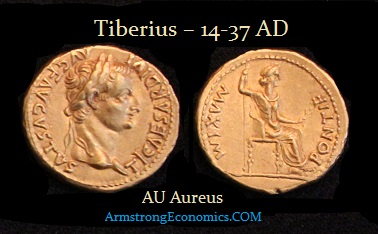What were Roman Taxes v Modern Taxes?
QUESTION: You do a lot of comparison to the Roman Empire. What was the size of the government relative to GDP? Can you estimate that?
GY
ANSWER: The Roman economy was more like the USA during the mid-19th century in that it was pre-industrial. About 80% of its inhabitants worked in agriculture, which was about where we were in 1840. There was no social agenda of trying to redistribute wealth from one class to the other. Still, there were social programs. But the socialistic agenda that was adopted by modern governments has sought not merely to redistribute wealth among the classes, but it has justified bigger government on a grand scale never before witnessed in history. The tax rate in the ancient Roman Empire was about 5% with some paying as little as 2%. The actual cost of government during the Roman Empire was minimal compared to the modern standard. The Roman Emperor Trajan (98-117 AD) formalized the alimenta, which was a welfare program that helped orphans and poor children throughout Italy. It provided general funds as well as food and subsidized education. The program was supported initially out of Dacian War booty, and then later by a combination of estate taxes and philanthropy. So there were programs to take care of people who needed help.
Virtually all the taxes and rents raised by the imperial government were spent on the military, which came out to be about 80% of the imperial budget in 150 AD. This military spending constituted about 2.5% of the empire’s GDP. Obviously, we do not really see separatists movement until the mid-3rd century when Valerian I (253-260 AD) was captured by the Persians. With the cost of the military coming in about 2.5%, this explains the lack of tax rebellions. The tax enforcement was nowhere near as intrusive as we see today. The US military budget comes in about 4% or twice that of the Roman Empire. The Roman Empire lasted far longer than any modern state for it seems to have been much more tolerable of a burden, whereas the U.S. military budget will be around 20% at times of total expenditure.
The primary purpose of my investigation into the monetary system of the world is very simple. The political unrest ONLY rises when there is economic tension. Turn the economy down and you will get historically civil unrest. Additionally, it is interesting to see what policies produce the best and worst results. Augustus (27-14 AD) created a real land boom as he issued a tremendous amount of coinage creating a booming economy. He was followed by Tiberius (14-37 AD) who imposed austerity and issued very little coinage by comparison. That resulted in an economic depression in 33 AD and this was in part reflected in the Jewish rebellions over taxes. Remember the story that Jesus asks whose picture is on the coin and he replies to give to Caesar what is Caesar’s? So we can see the impact of austerity throughout history to extract the best policies under which we should live to promote like Rome – Pax Romanum.




